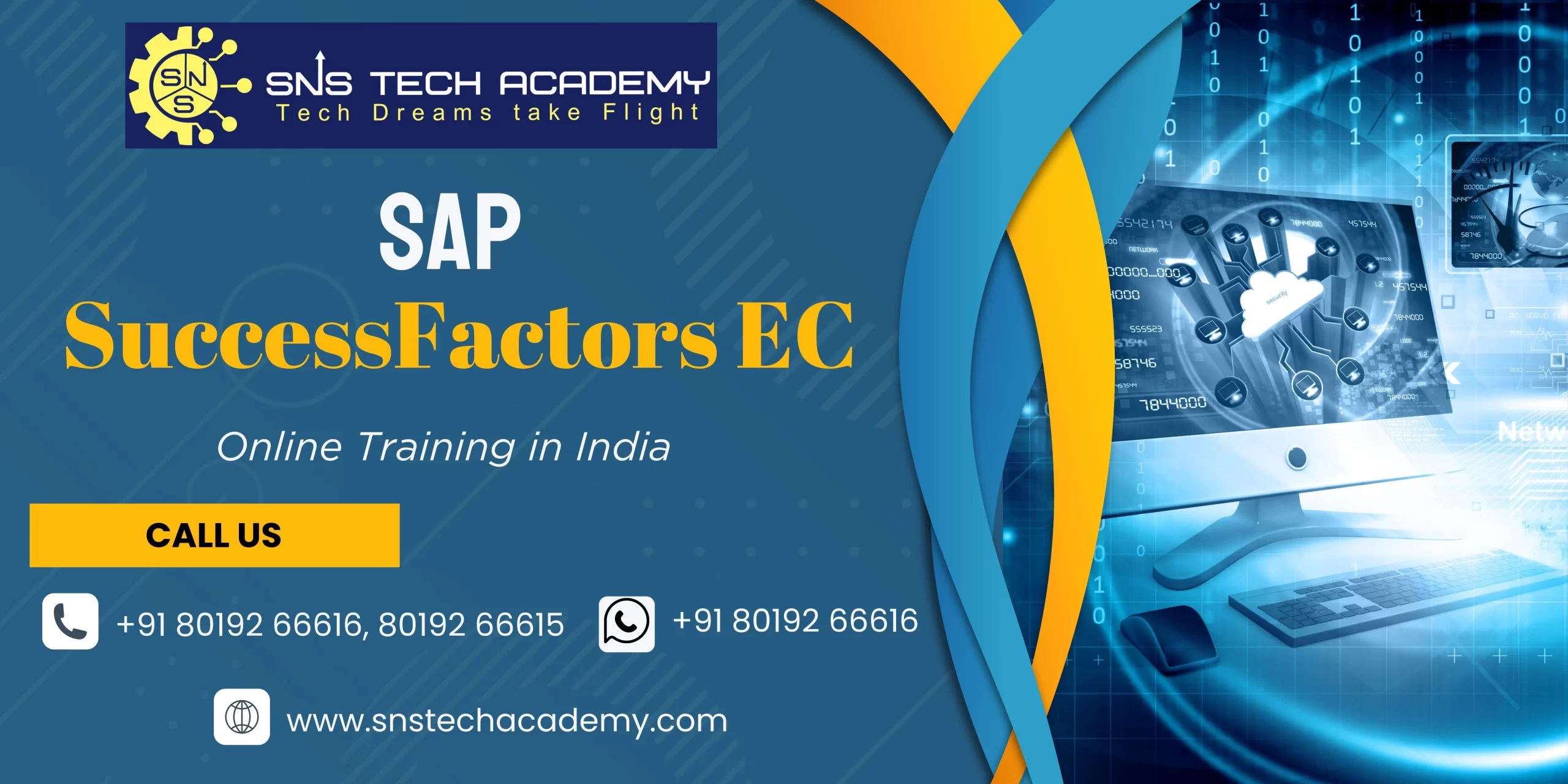Difference Between SAP HR and SAP SuccessFactors
SAP HR (Human Resources), also known as SAP HCM (Human Capital Management), and SAP SuccessFactors are two solutions provided by SAP for managing an organization’s workforce. Both systems aim to streamline HR processes, improve employee engagement, and drive business success. However, they cater to different aspects of HR management and serve organizations in distinct ways. This article explores the key differences between SAP HR and SAP SuccessFactors, helping businesses choose the best solution for their needs.
1. Definition and Overview
- SAP HR (HCM):
SAP HR, part of the traditional on-premise SAP ERP system, is a comprehensive tool designed to manage core HR processes like payroll, time management, employee administration, and organizational management. It is best suited for organizations with complex HR requirements that operate primarily in an on-premise IT environment. - SAP SuccessFactors:
SAP SuccessFactors is a cloud-based Human Experience Management (HXM) solution focused on employee engagement, talent management, and strategic HR planning. It offers tools for recruiting, onboarding, learning, performance management, and analytics, ensuring a modern and user-friendly approach to workforce management.
2. Deployment Model
- SAP HR:
SAP HR operates on an on-premise model, requiring physical infrastructure, servers, and IT teams to maintain and update the system. It provides complete control over the data but involves higher initial costs and longer deployment times. - SAP SuccessFactors:
SAP SuccessFactors is a SaaS (Software as a Service) solution hosted in the cloud. It eliminates the need for physical infrastructure, enabling faster implementation and regular automatic updates. This model provides flexibility, scalability, and easy access to data from anywhere.
3. Core Focus
- SAP HR:
Focuses primarily on administrative and transactional HR processes, such as payroll processing, time management, and compliance. It is robust for managing day-to-day operations but lacks advanced features for talent management and employee engagement. - SAP SuccessFactors:
Centers around strategic HR functions like performance management, learning, succession planning, and employee engagement. It aligns HR goals with business objectives and provides tools to attract, develop, and retain top talent.
4. User Experience and Interface
- SAP HR:
The user interface of SAP HR is traditional and less intuitive compared to modern solutions. It may require extensive training for users to navigate and utilize the system effectively. - SAP SuccessFactors:
Offers a modern, user-friendly interface designed for both HR professionals and employees. Its intuitive design enhances the user experience, making it easier to adopt and use across various devices.
5. Integration Capabilities
- SAP HR:
Integrates seamlessly with other SAP ERP modules such as Finance, Controlling, and Supply Chain. However, integration with non-SAP systems can be more complex. - SAP SuccessFactors:
Provides pre-built integration capabilities with SAP and non-SAP systems using SAP Integration Suite and APIs. Its cloud-based nature makes it more flexible for connecting with other software.
6. Analytics and Reporting
- SAP HR:
Reporting capabilities in SAP HR are limited and often require additional tools like SAP BI (Business Intelligence) for advanced analytics. - SAP SuccessFactors:
Includes robust analytics and reporting features, providing real-time insights into workforce trends, employee performance, and HR metrics. These insights support strategic decision-making.
7. Updates and Maintenance
- SAP HR:
Updates and maintenance require manual efforts and coordination with IT teams. The process can be time-consuming and expensive. - SAP SuccessFactors:
Automatic updates are delivered regularly by SAP, ensuring the system stays up-to-date with the latest features, compliance requirements, and technological advancements.
8. Cost
- SAP HR:
Involves higher initial costs due to infrastructure setup and licensing fees. Long-term costs may include maintenance, upgrades, and IT staffing. - SAP SuccessFactors:
Operates on a subscription-based pricing model, reducing upfront costs. It provides predictable expenses and is often more cost-effective for small to medium-sized businesses.
Choosing the Right Solution
The choice between SAP HR and SAP SuccessFactors depends on an organization’s specific needs, existing infrastructure, and long-term HR strategy:
- Choose SAP HR if:
- You prefer an on-premise system.
- You need robust payroll and administrative HR features.
- You already use SAP ERP modules and require seamless integration.
- Choose SAP SuccessFactors if:
- You prefer a cloud-based solution.
- Your focus is on talent management, employee engagement, and strategic HR.
- You value scalability, modern features, and user-friendly interfaces.
In conclusion, SAP HR and SAP SuccessFactors serve different purposes and complement each other. Organizations may choose one or integrate both for a hybrid approach, leveraging the strengths of each system to optimize their HR operations and achieve business success.
Related Articles :
Permissions in SAP SuccessFactors
SAP SuccessFactors online training in Hyderabad India

